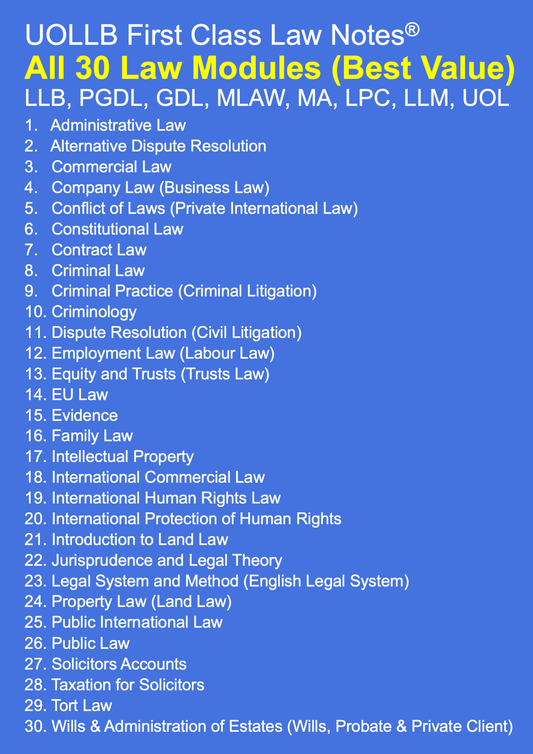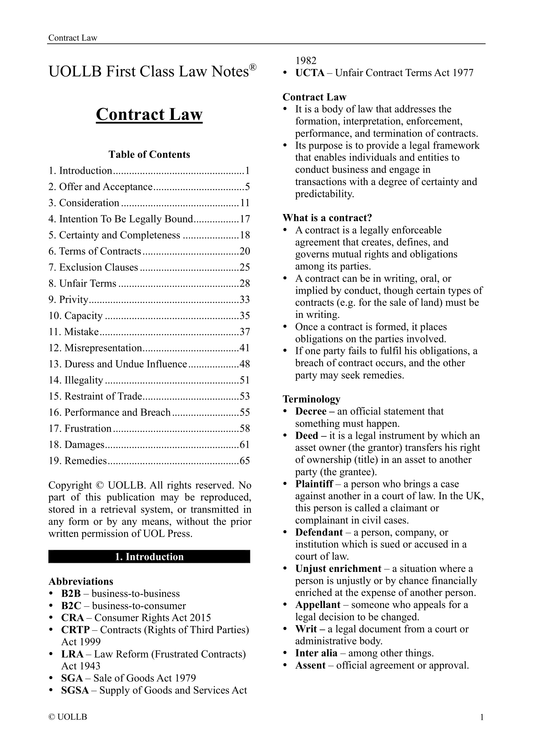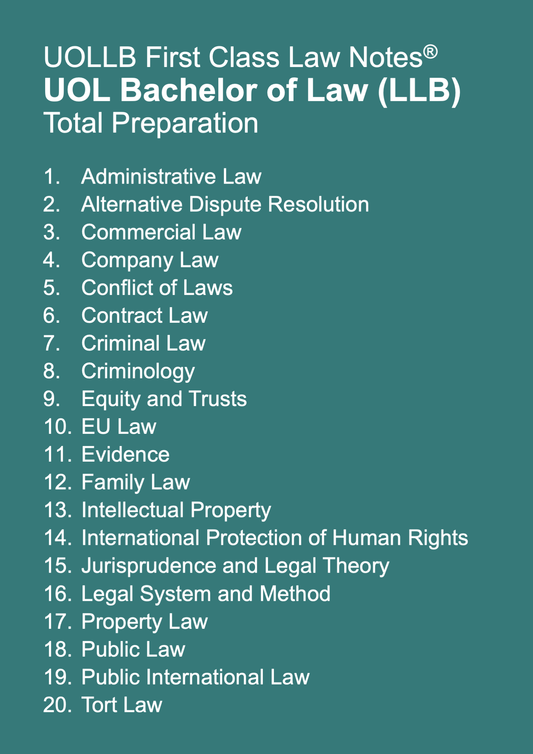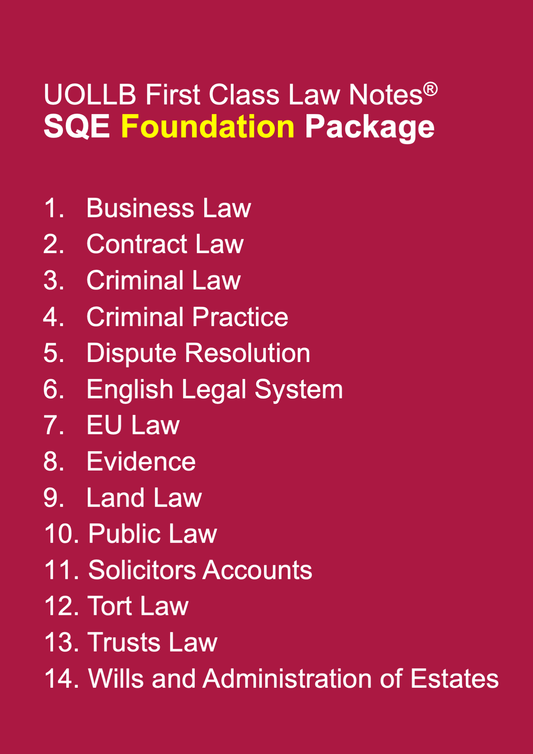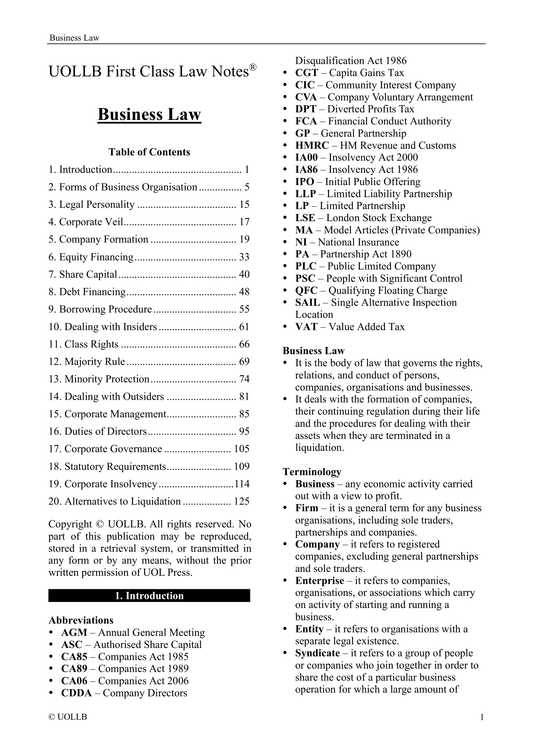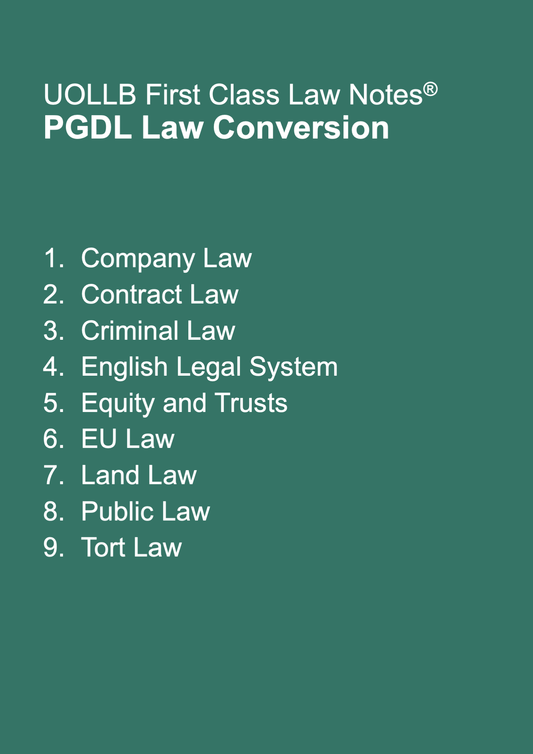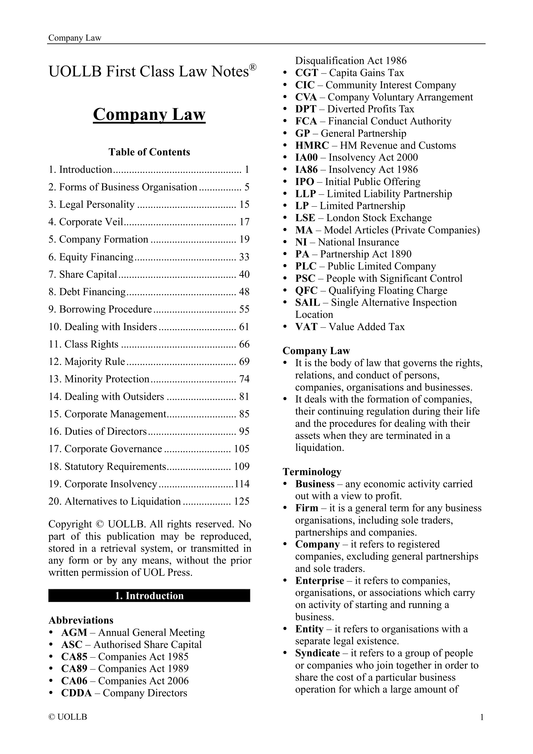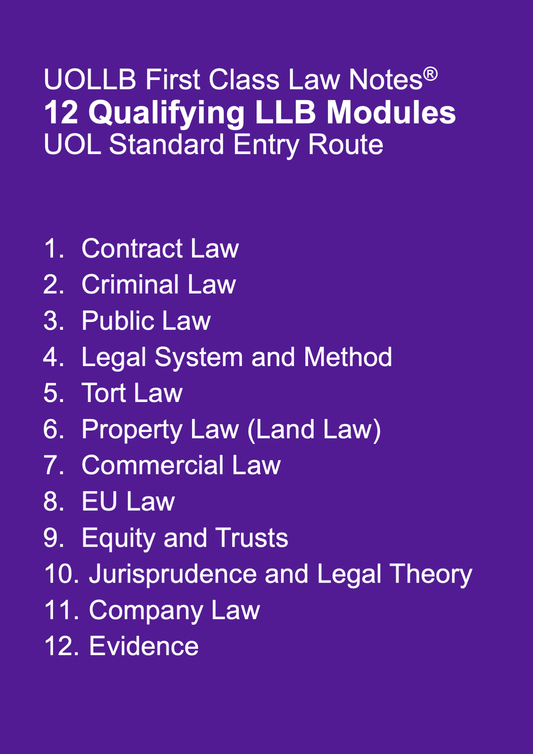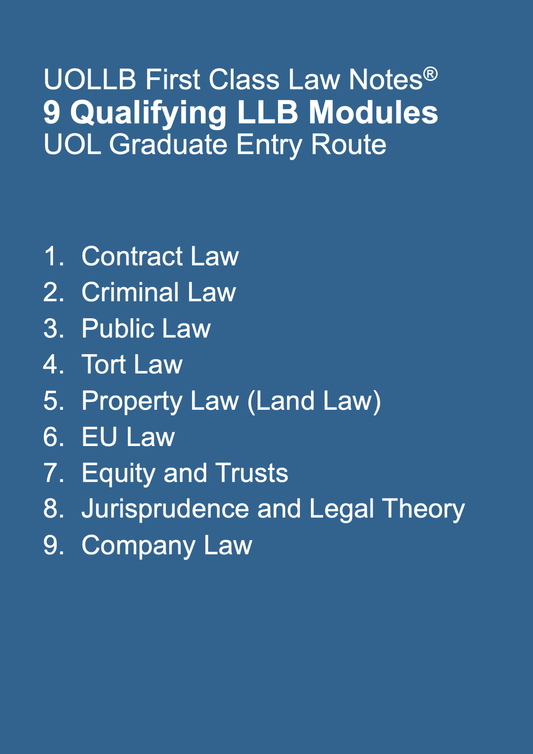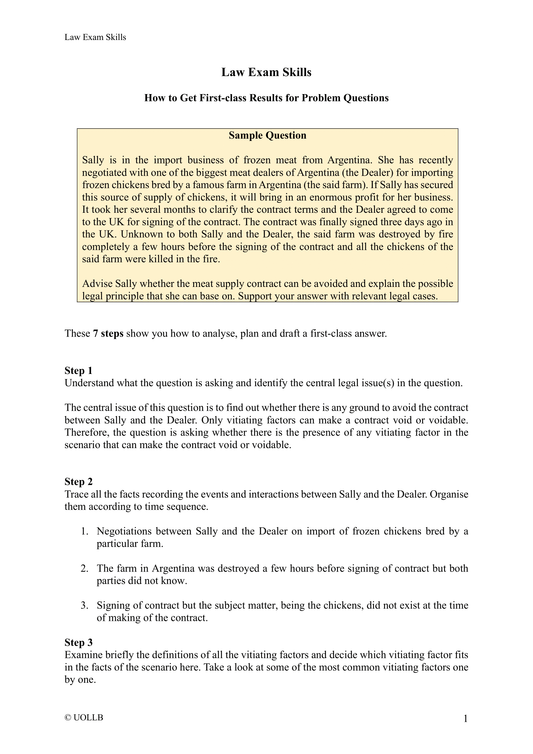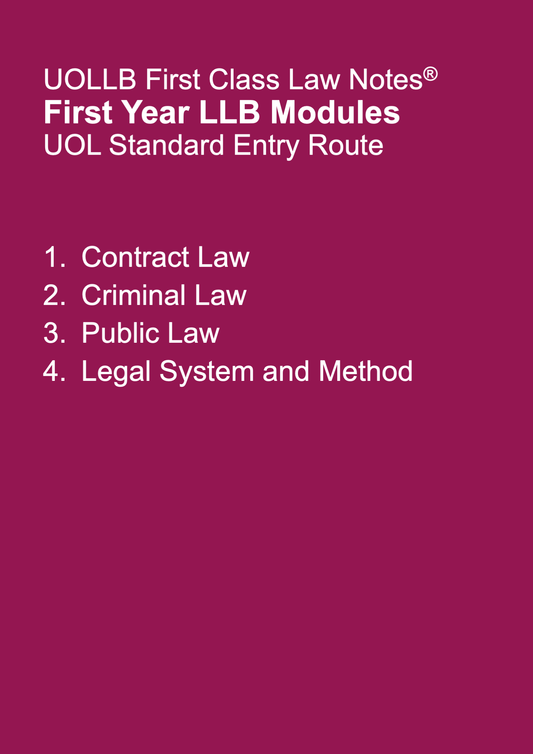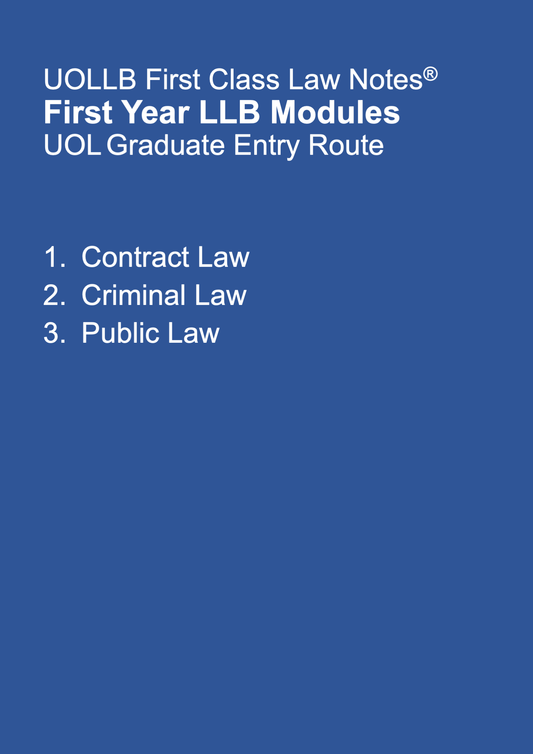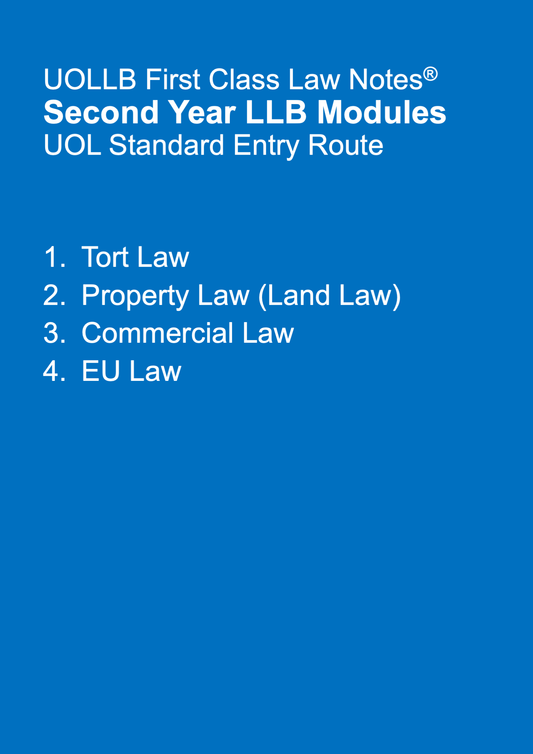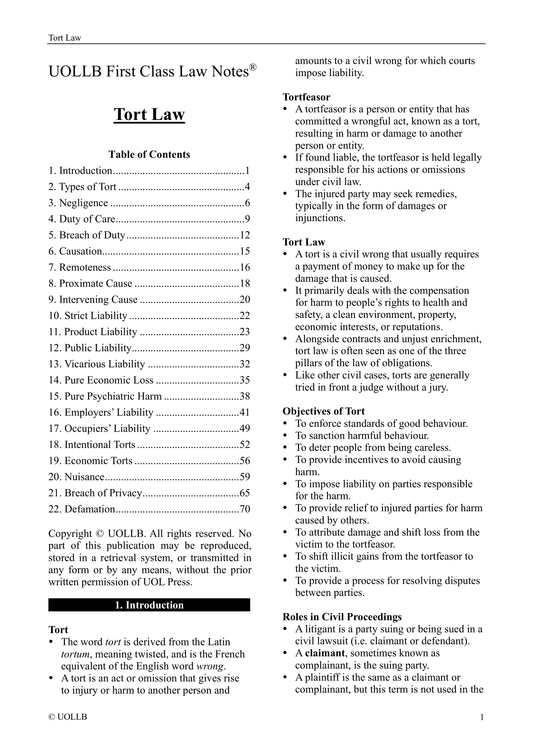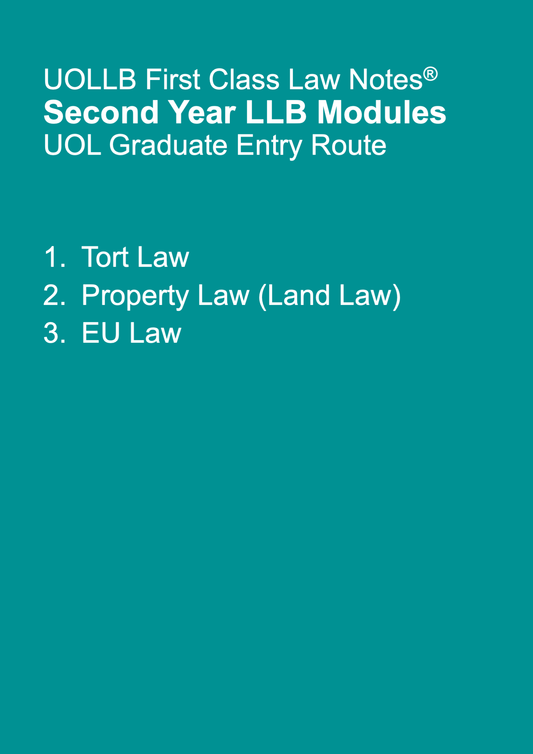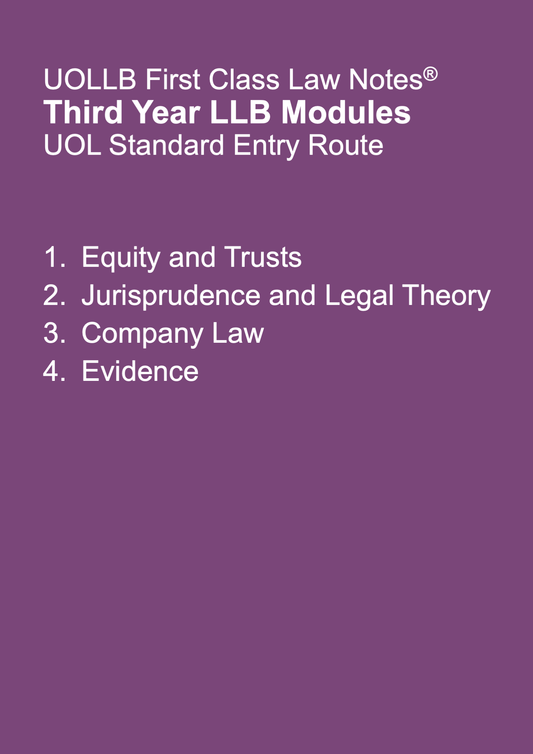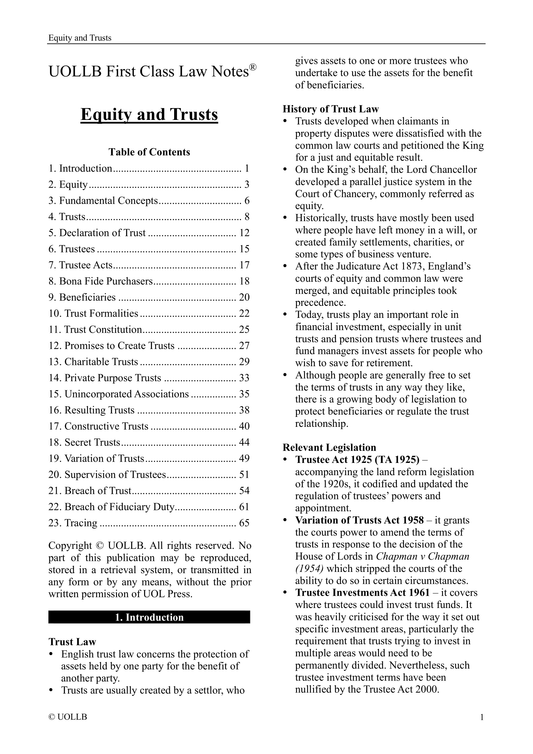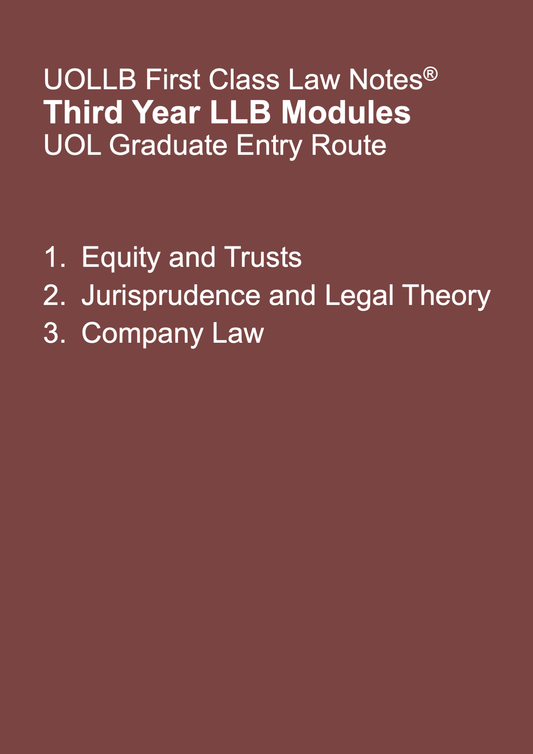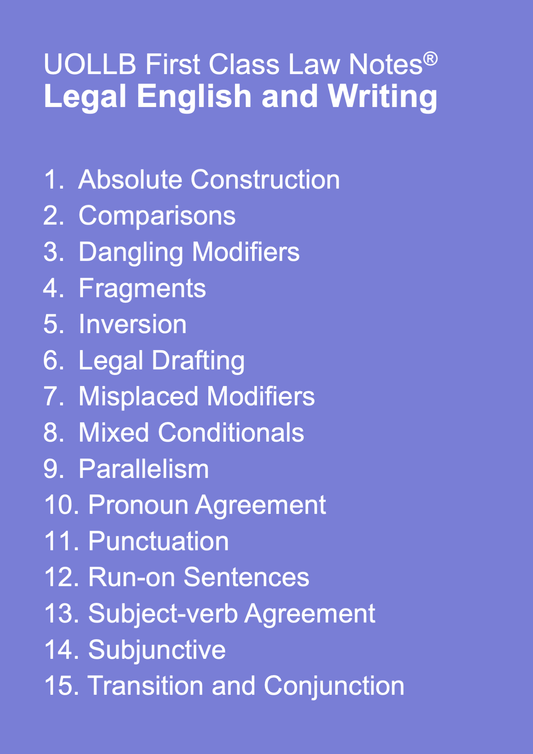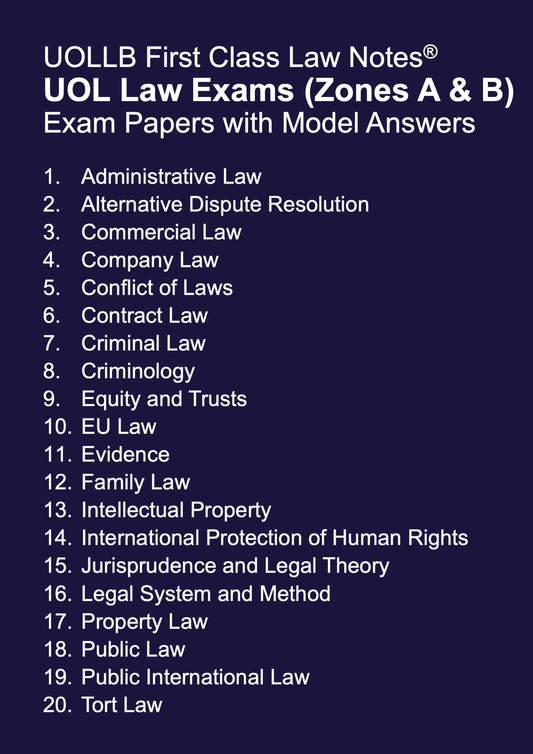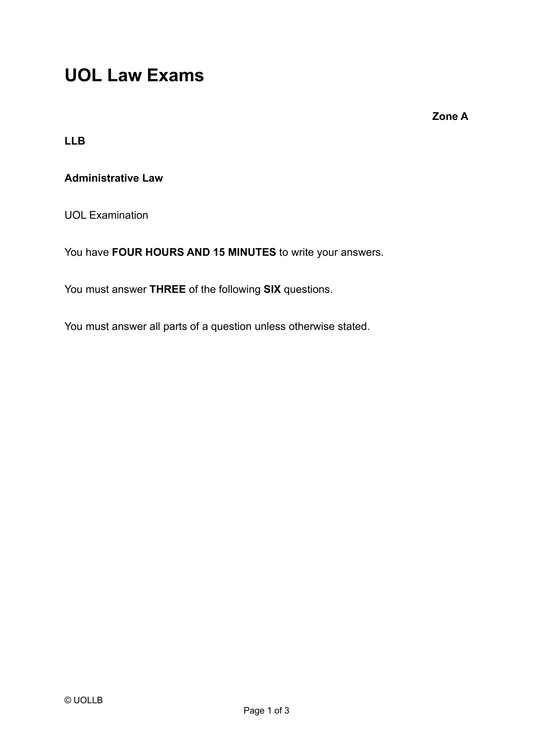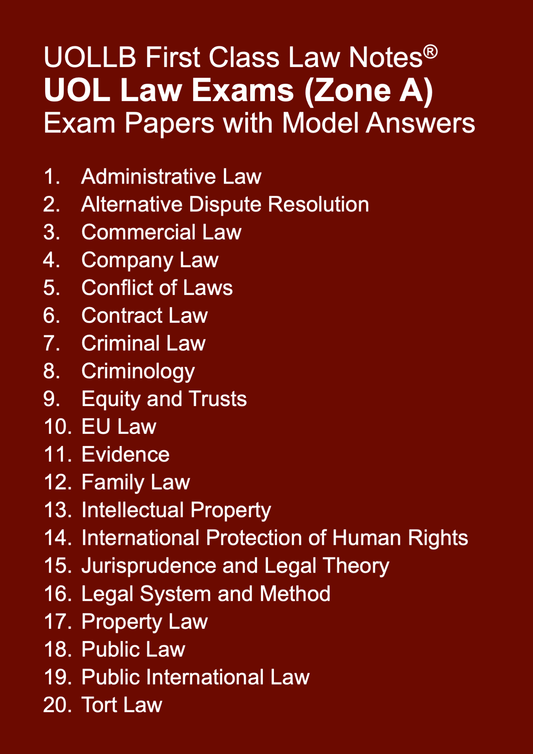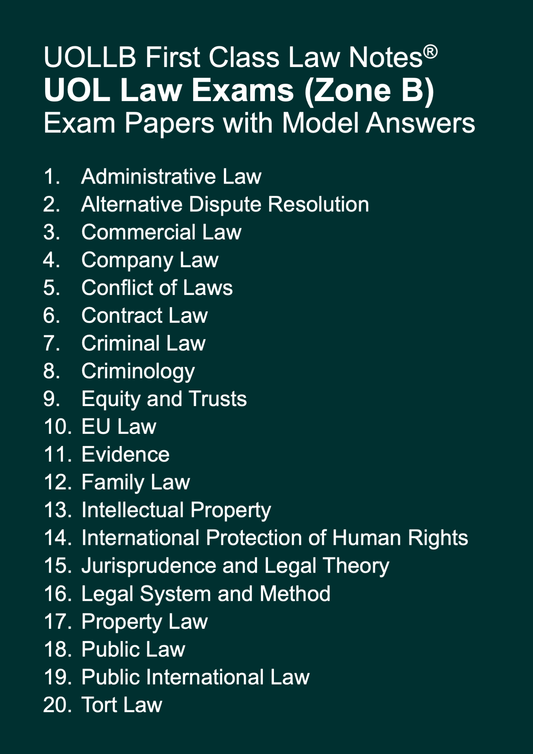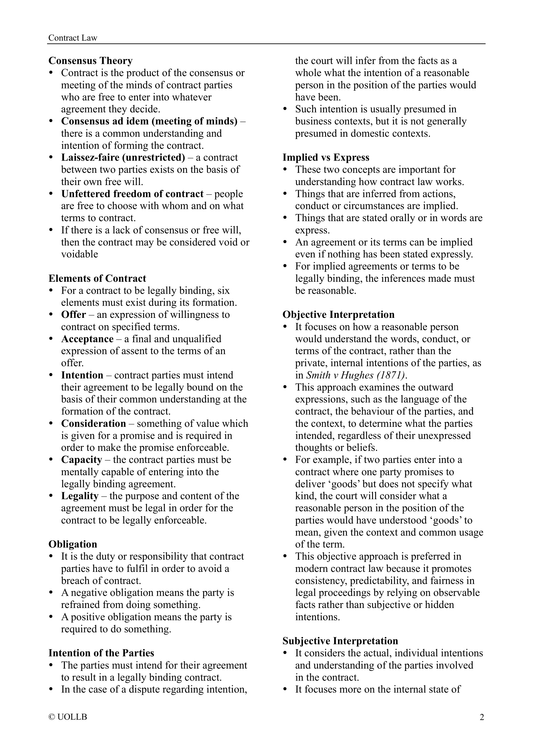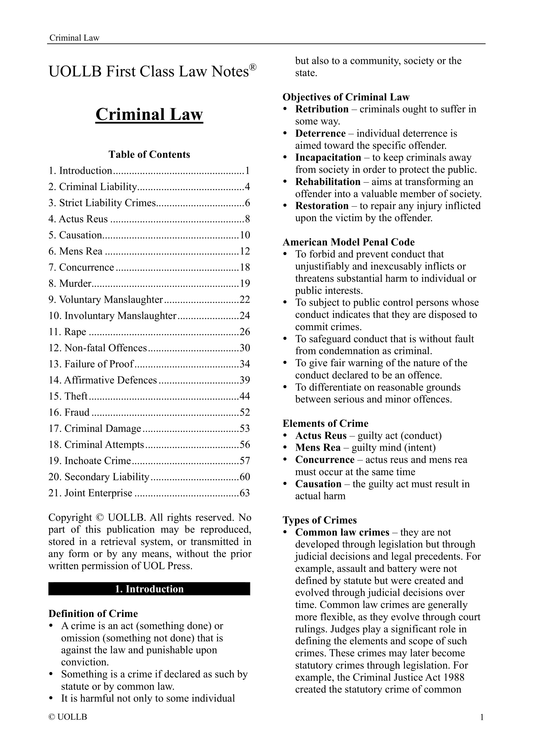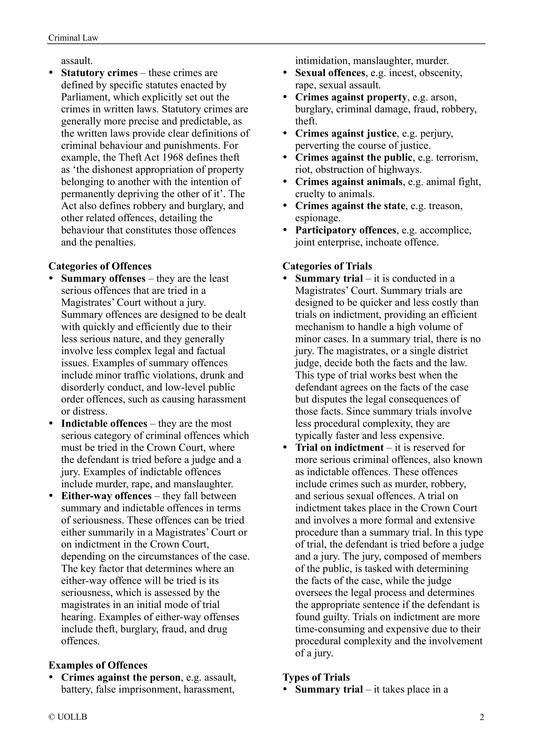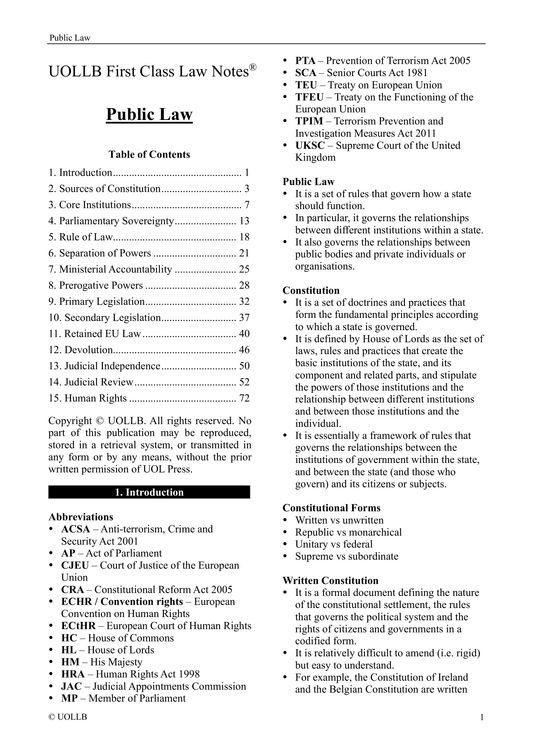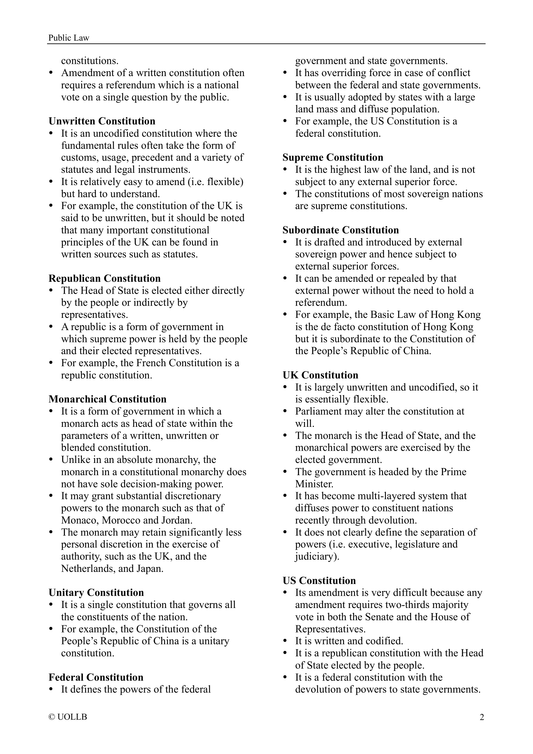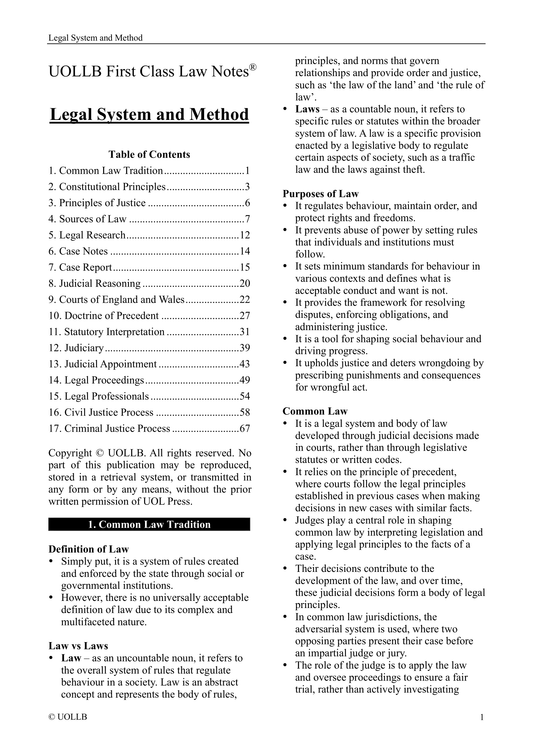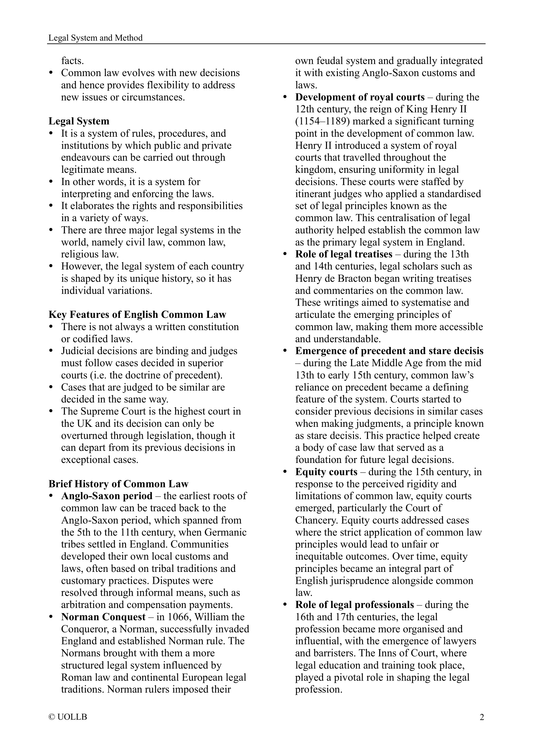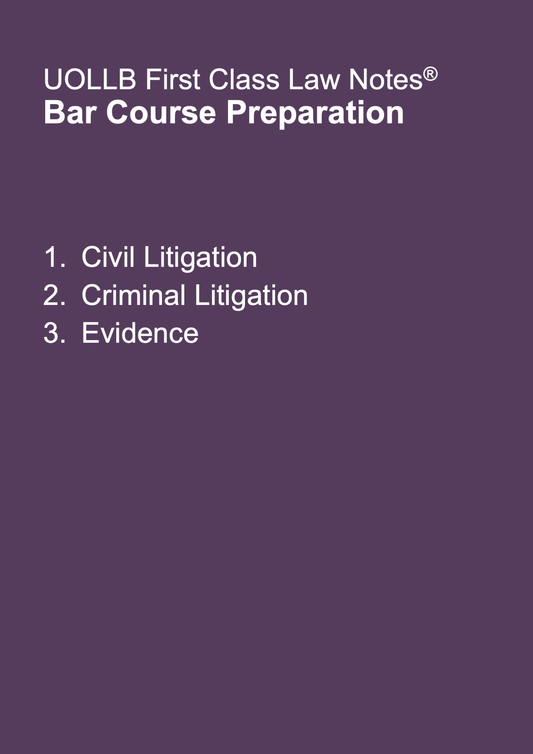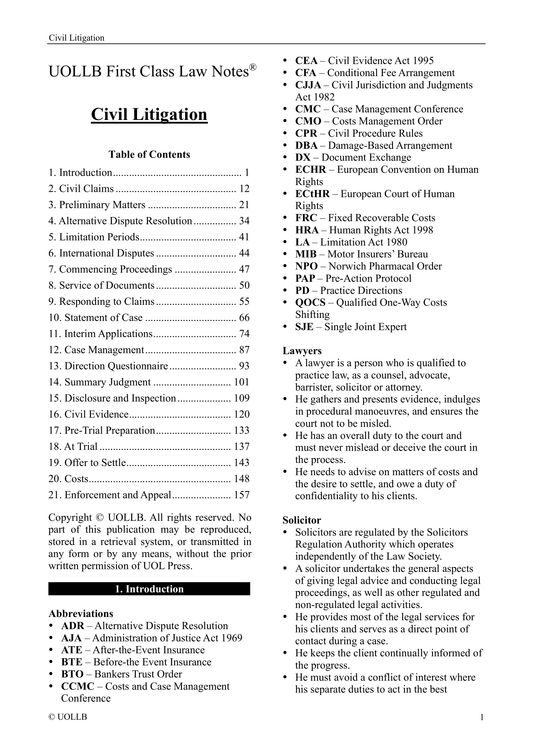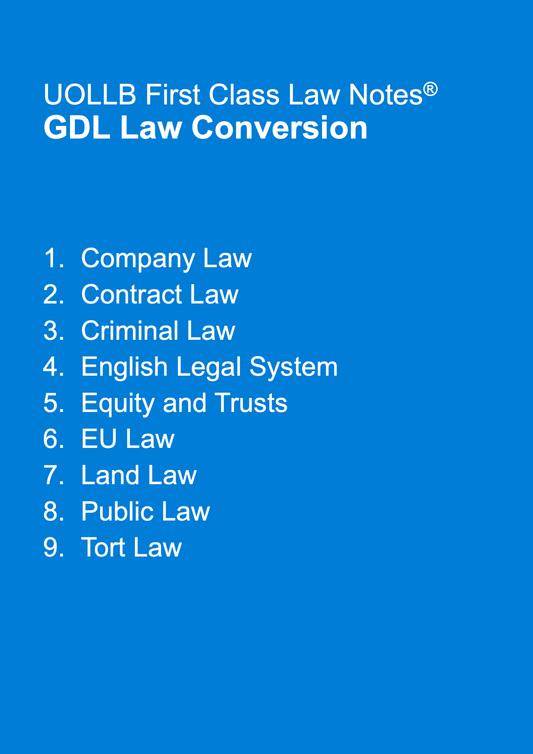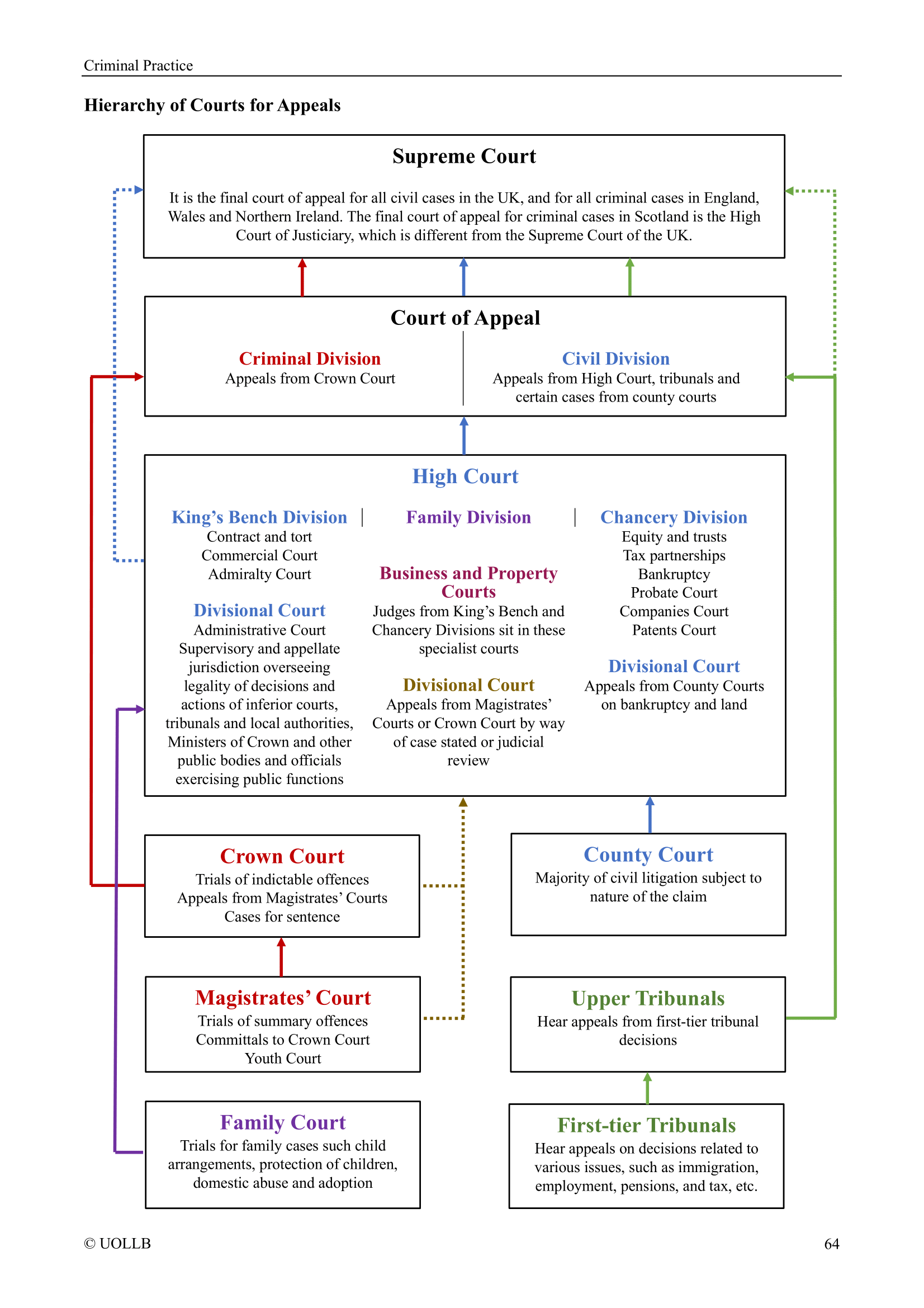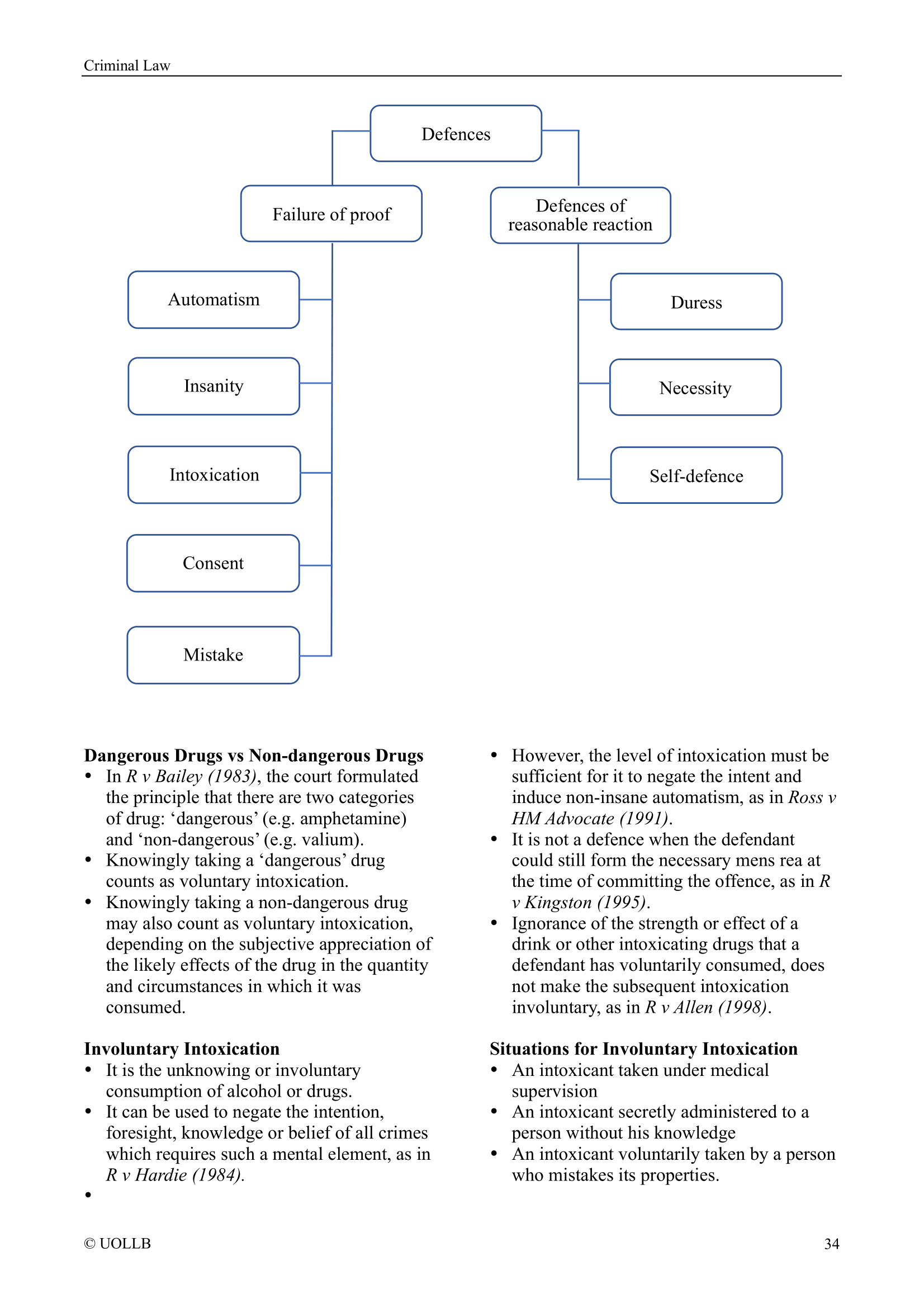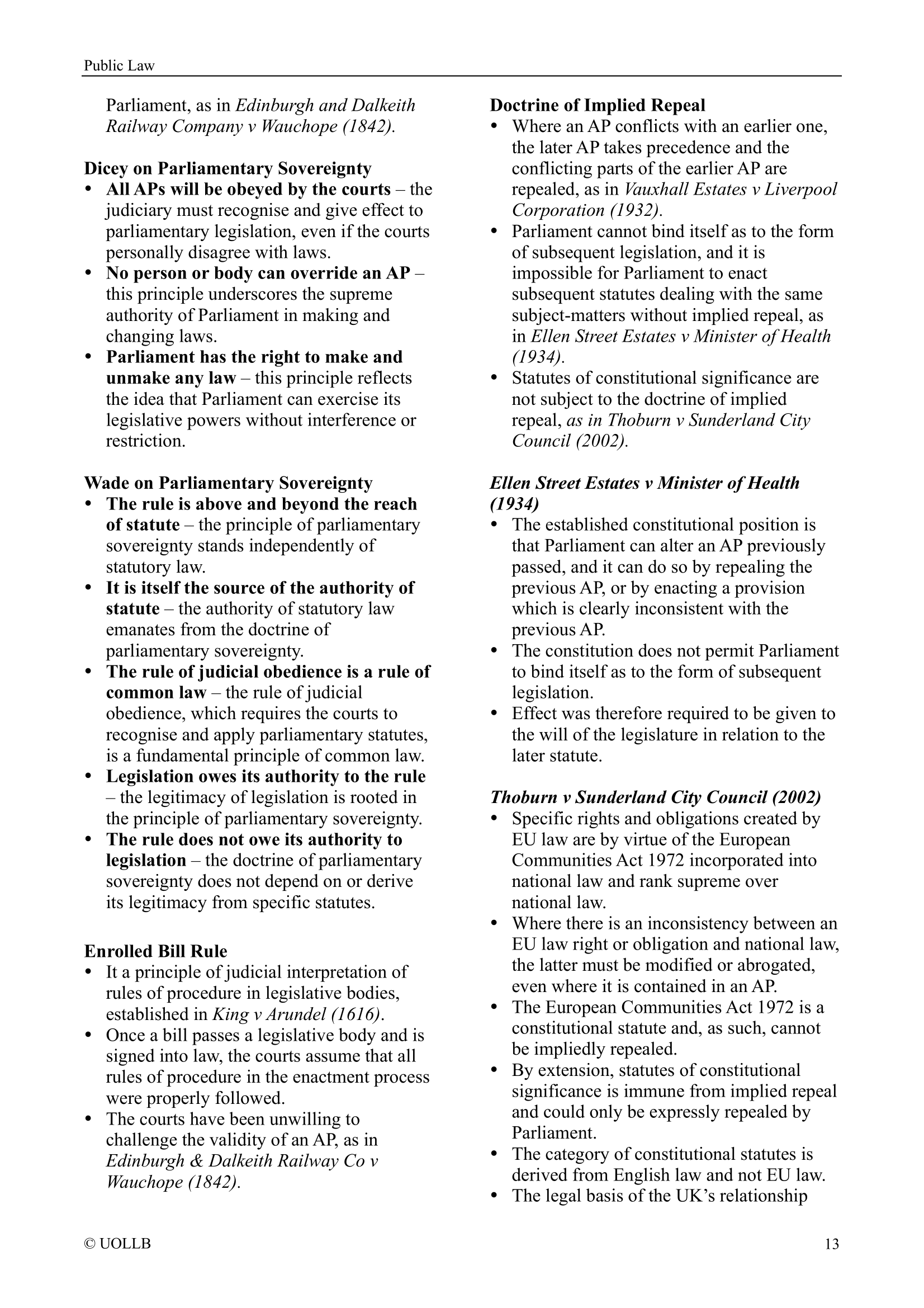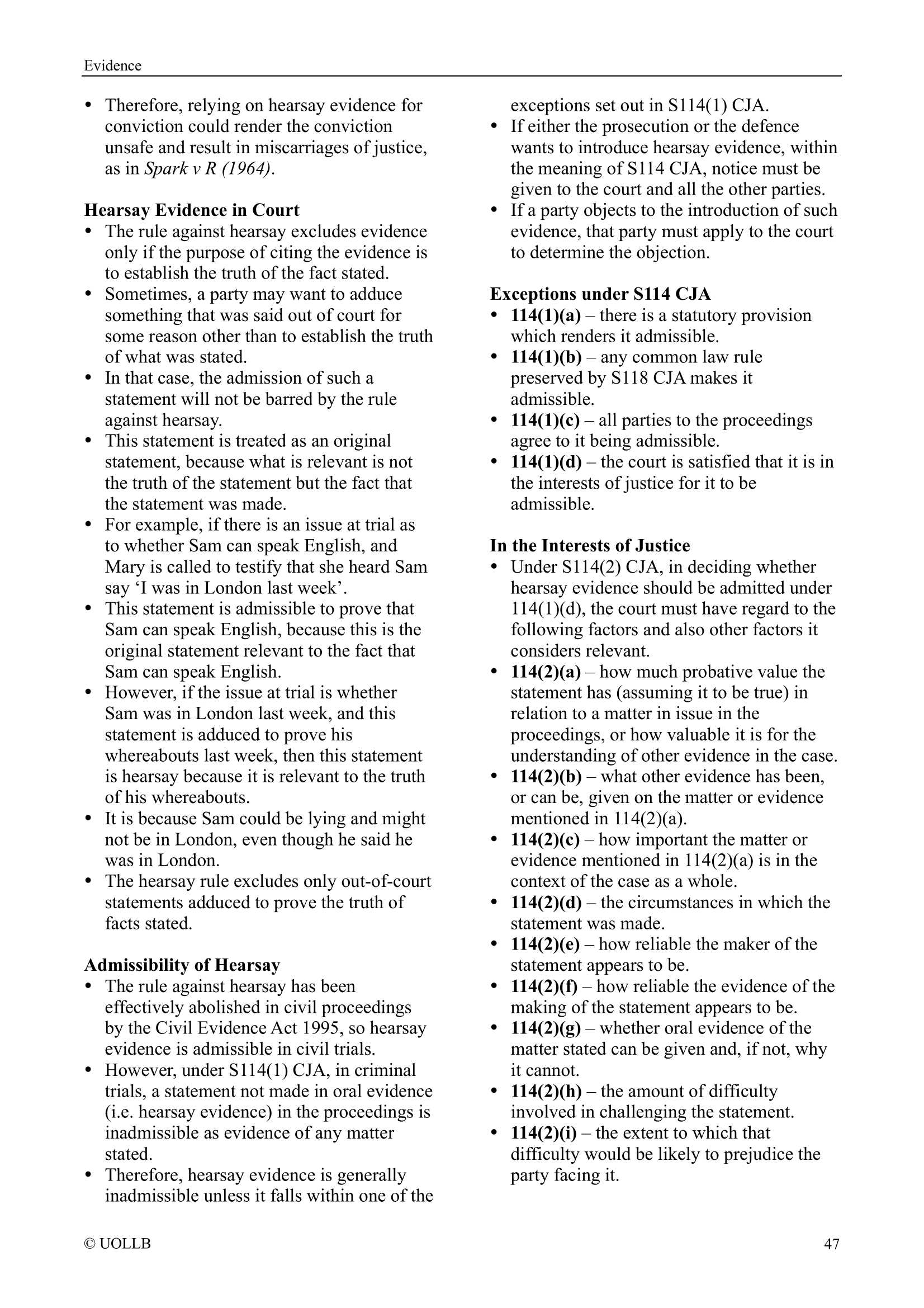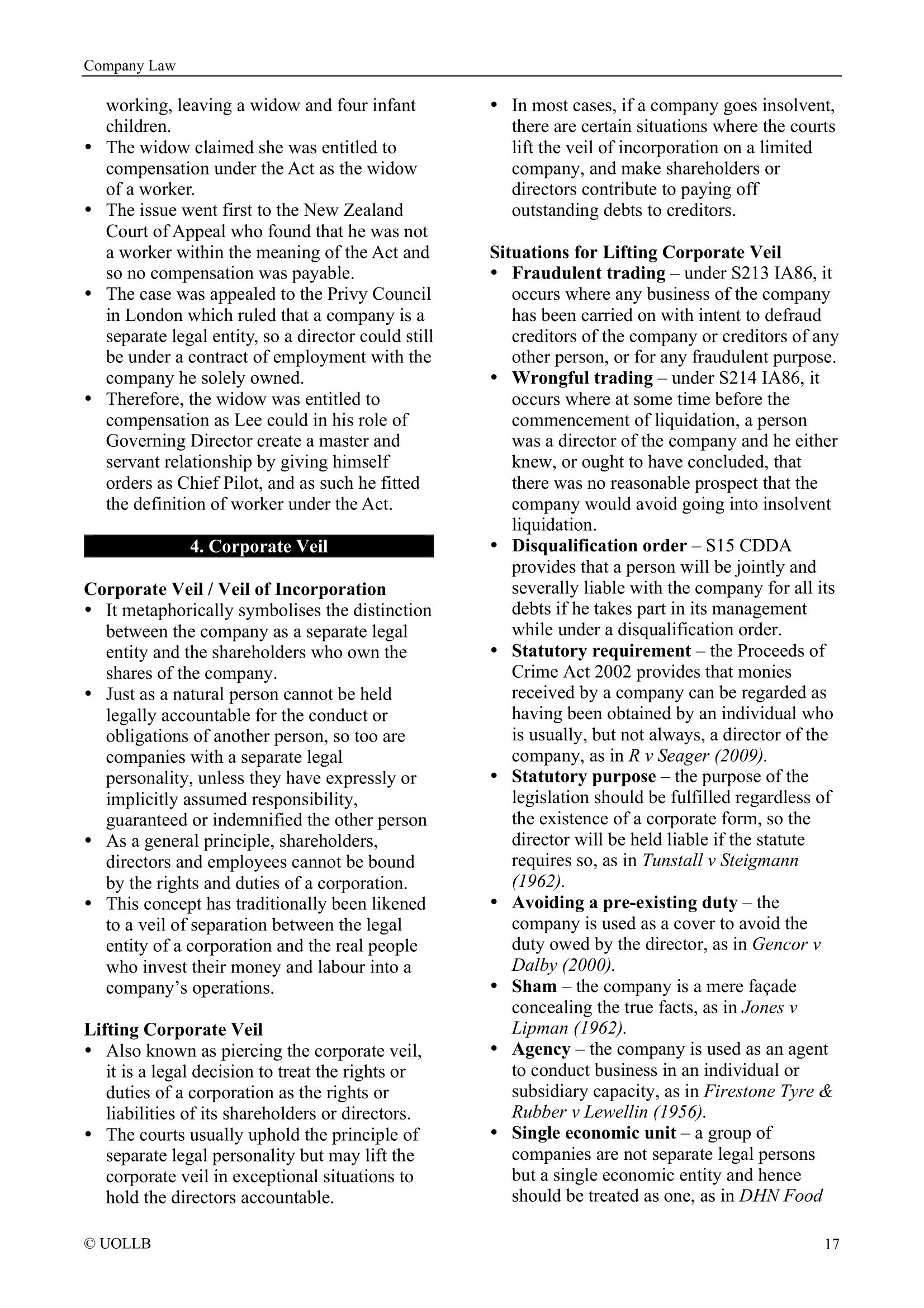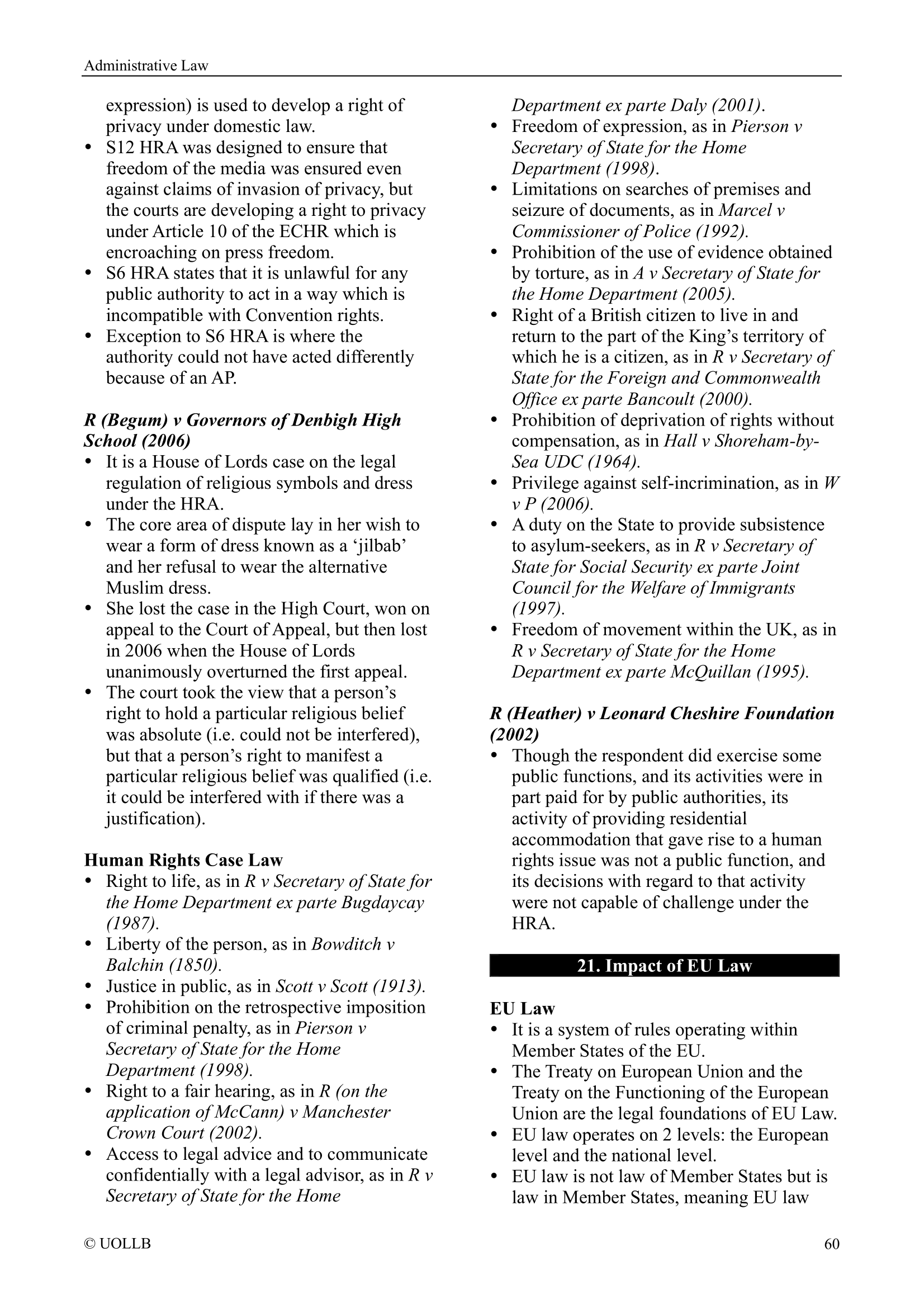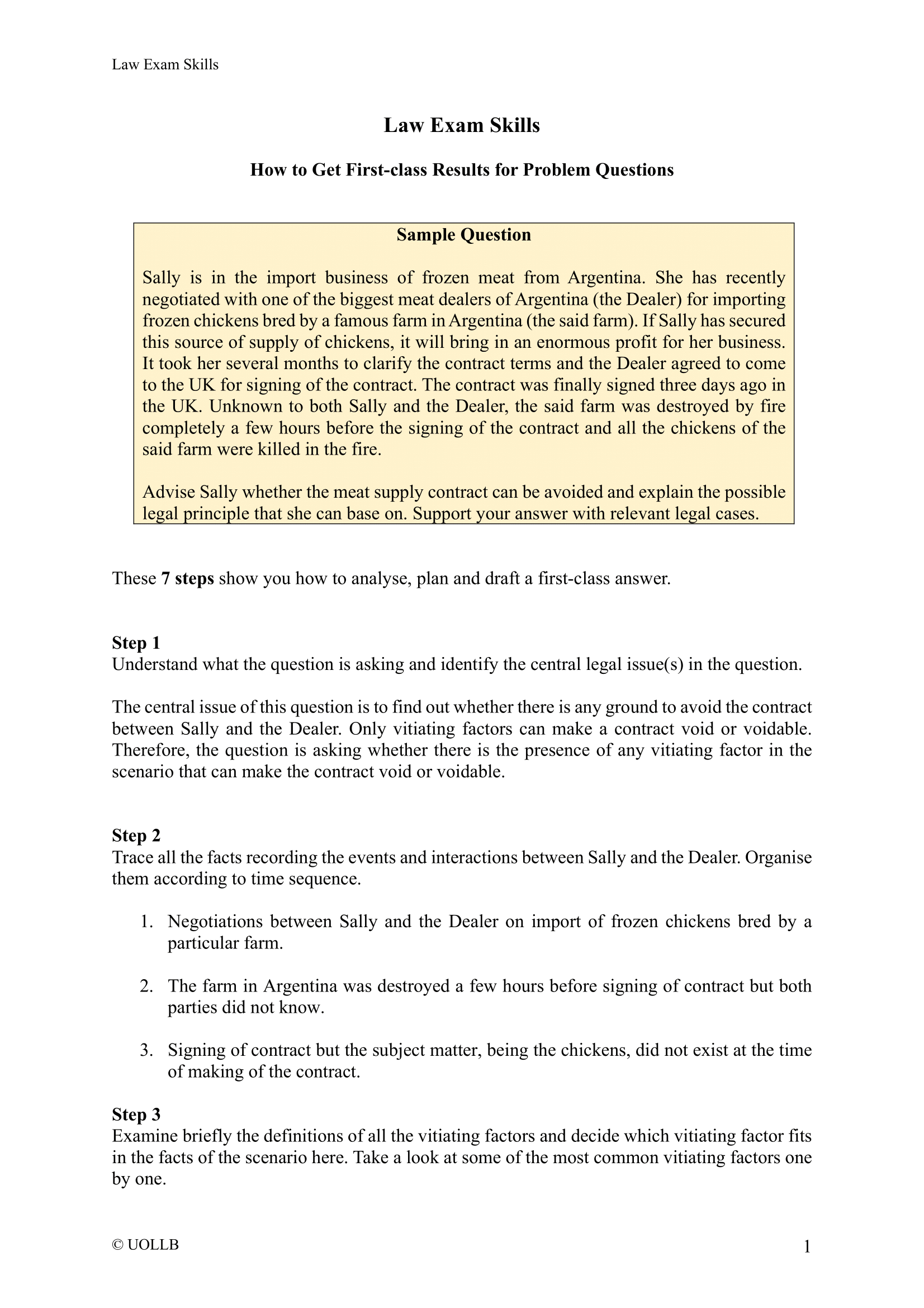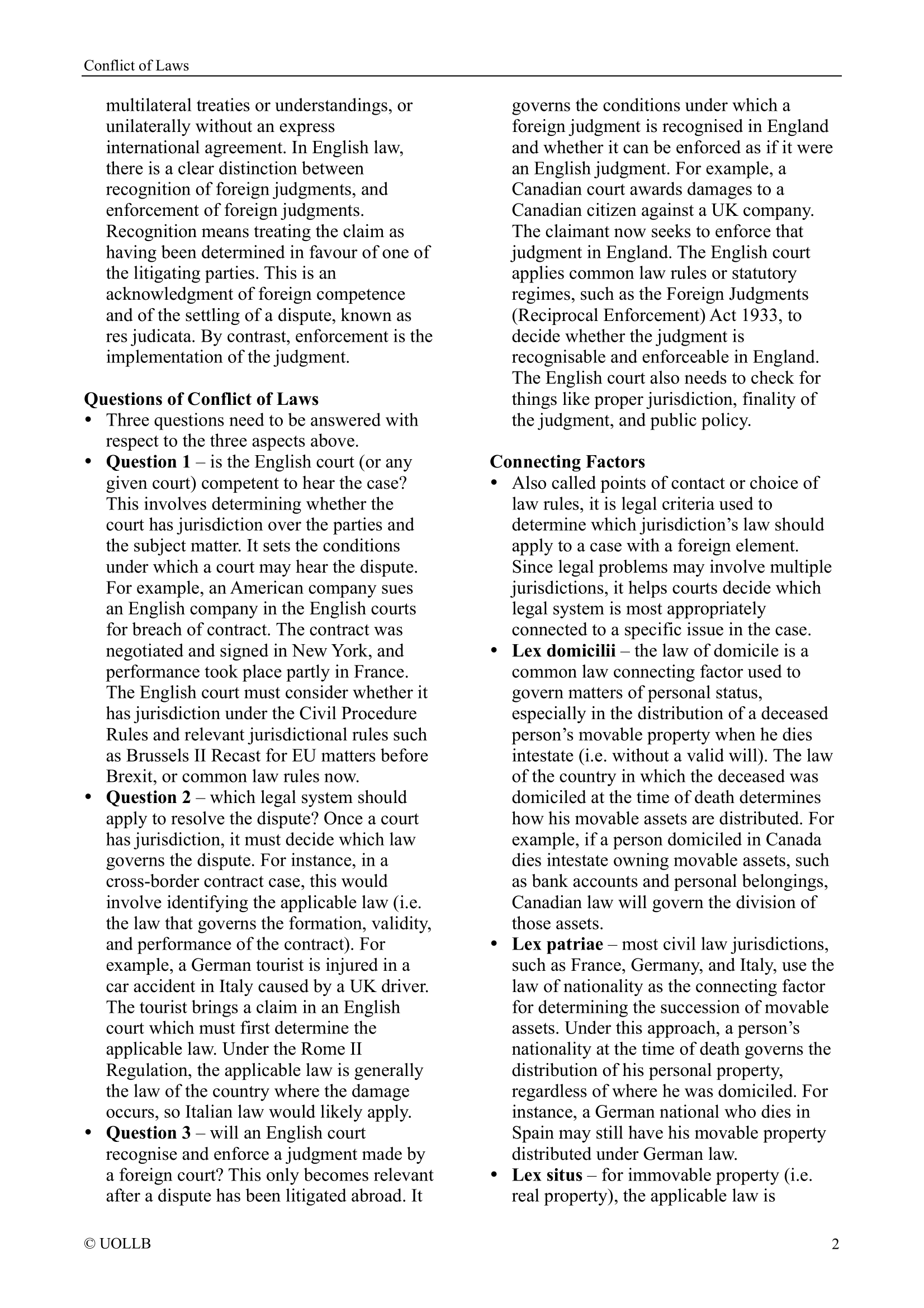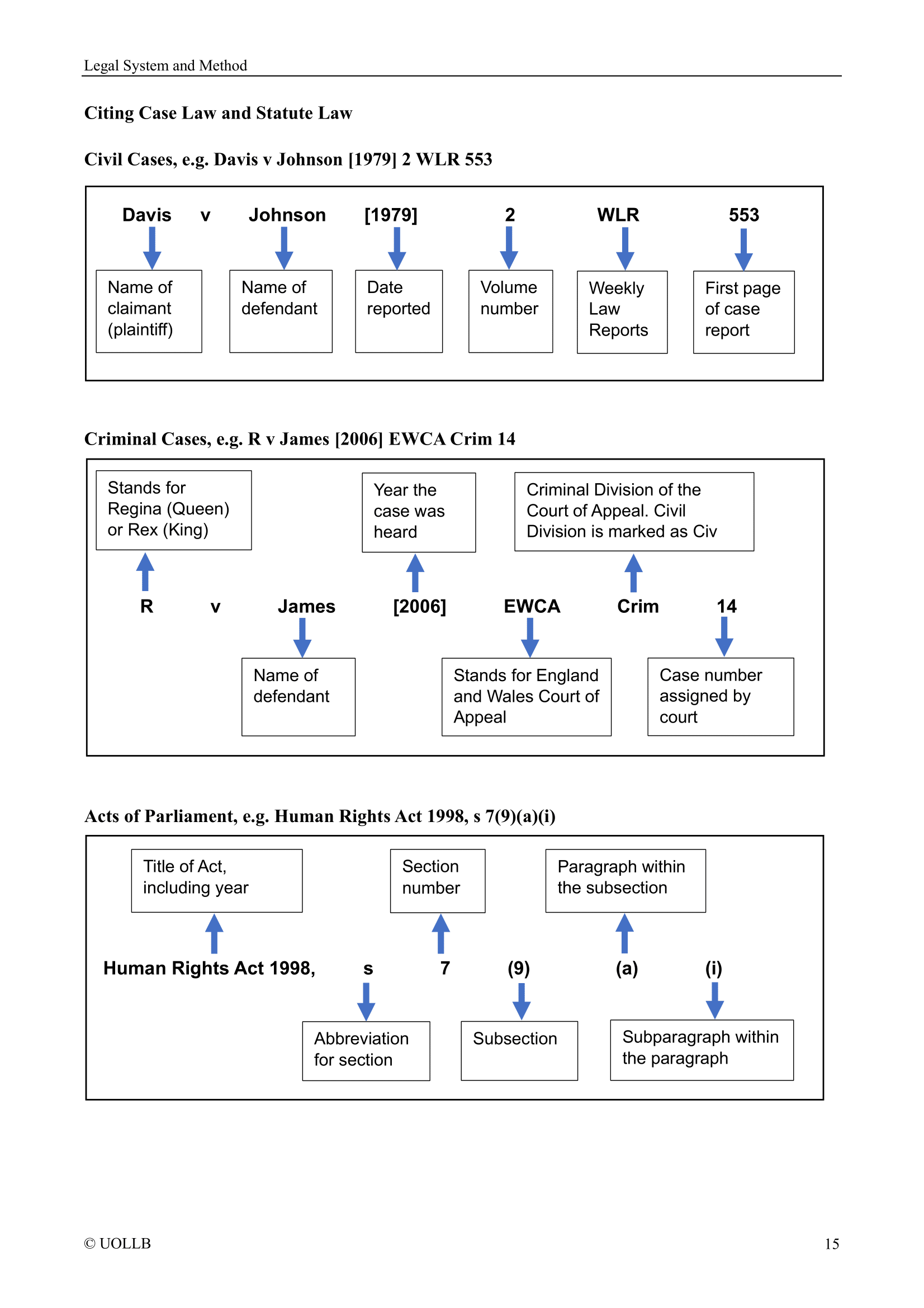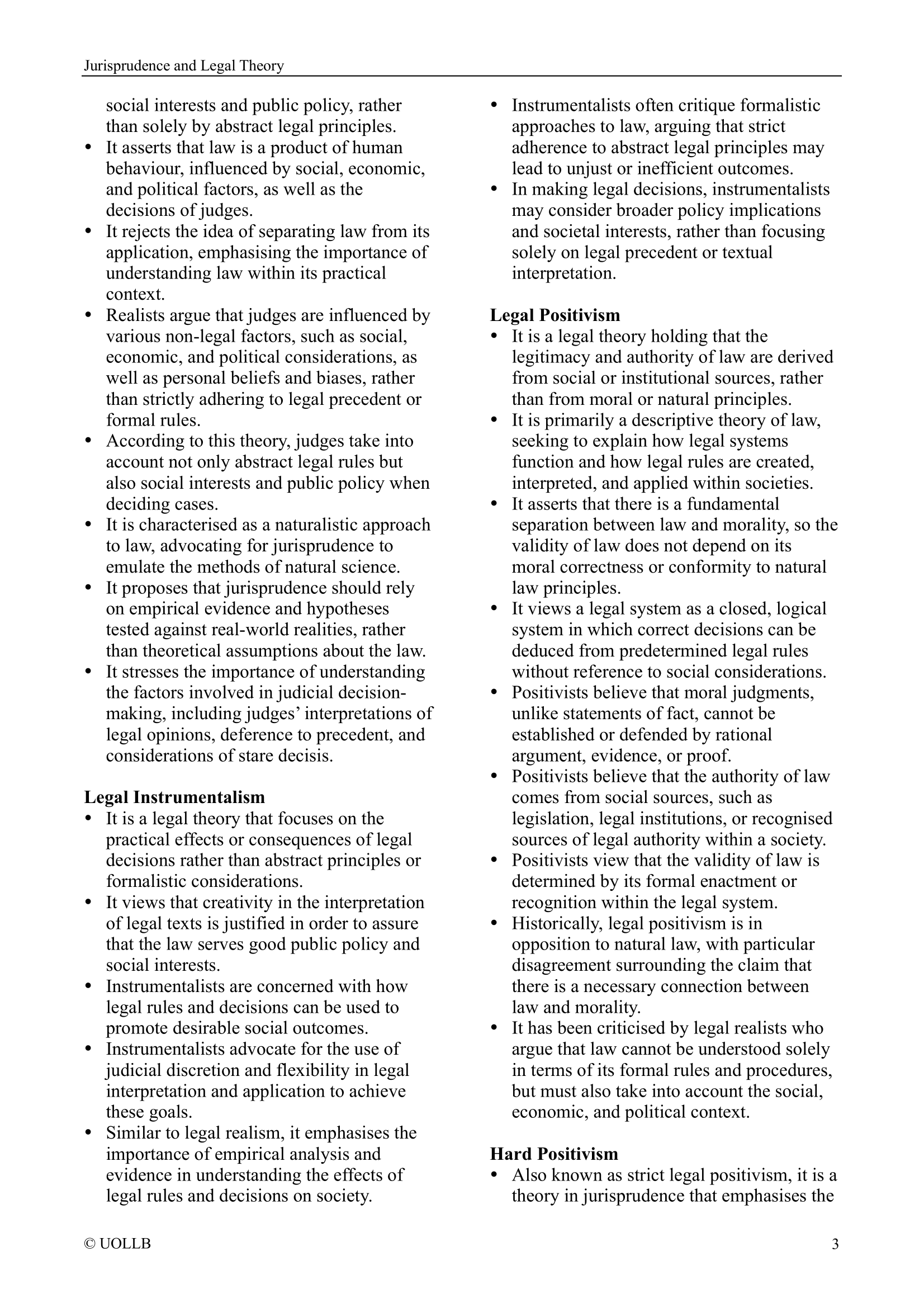National Law on Refugees
Share
The Convention on the Status of Refugees, also known as the 1951 Refugee Convention, is an international treaty that establishes the rights and protections of refugees and sets out the obligations of states in relation to refugees. While the Convention provides a framework for refugee protection at the international level, the implementation and application of its provisions within each country are primarily regulated by national laws and policies.
Incorporation of the Convention: Many countries have incorporated the provisions of the Refugee Convention into their national legislation. This incorporation can take different forms, such as enacting specific refugee laws or incorporating the Convention directly into national constitutions or human rights acts. By doing so, countries commit to upholding the rights and protections provided by the Convention within their national legal frameworks.
Definition of refugees: National laws often adopt the definition of a refugee as outlined in the Convention. This includes recognising individuals who meet the criteria of a well-founded fear of persecution based on race, religion, nationality, political opinion, or membership in a particular social group. However, some countries may also include additional grounds or expand the definition to cover broader categories of forced displacement.
Determination of refugee status: National laws establish procedures for the determination of refugee status within the country's asylum system. These procedures typically involve a comprehensive assessment of the individual's claims, including interviews, evidence evaluation, and legal representation. The process aims to identify individuals who meet the criteria for refugee status as defined by the Convention.
Rights and protections: National laws outline the rights and protections afforded to recognised refugees within the country. These rights may include access to education, healthcare, work, social welfare benefits, and freedom of movement. National laws should ensure that refugees enjoy the same rights as nationals in areas such as non-discrimination, access to justice, and freedom of religion.
Resettlement and integration: National laws and policies may address the resettlement and integration of refugees into the country. This includes measures to facilitate their integration into the local society, access to language and vocational training, housing support, and assistance in finding employment. Resettlement programs may be established to provide a durable solution for refugees who are unable to return to their home countries or integrate into their countries of first asylum.
Compliance with international obligations: National laws should align with a country's international obligations under the Refugee Convention and other relevant human rights instruments. This includes adhering to the principle of non-refoulement, which prohibits the return of refugees to a country where they would face persecution or serious harm. National laws should also provide safeguards to prevent arbitrary detention, ensure fair treatment, and respect the principle of family unity.
It is important for countries to continuously review and update their national laws on refugees to reflect evolving challenges and developments in the field of refugee protection. National legislation should align with international standards and best practices to ensure the effective and humane treatment of refugees within each country's jurisdiction.
Incorporation of the Convention: Many countries have incorporated the provisions of the Refugee Convention into their national legislation. This incorporation can take different forms, such as enacting specific refugee laws or incorporating the Convention directly into national constitutions or human rights acts. By doing so, countries commit to upholding the rights and protections provided by the Convention within their national legal frameworks.
Definition of refugees: National laws often adopt the definition of a refugee as outlined in the Convention. This includes recognising individuals who meet the criteria of a well-founded fear of persecution based on race, religion, nationality, political opinion, or membership in a particular social group. However, some countries may also include additional grounds or expand the definition to cover broader categories of forced displacement.
Determination of refugee status: National laws establish procedures for the determination of refugee status within the country's asylum system. These procedures typically involve a comprehensive assessment of the individual's claims, including interviews, evidence evaluation, and legal representation. The process aims to identify individuals who meet the criteria for refugee status as defined by the Convention.
Rights and protections: National laws outline the rights and protections afforded to recognised refugees within the country. These rights may include access to education, healthcare, work, social welfare benefits, and freedom of movement. National laws should ensure that refugees enjoy the same rights as nationals in areas such as non-discrimination, access to justice, and freedom of religion.
Resettlement and integration: National laws and policies may address the resettlement and integration of refugees into the country. This includes measures to facilitate their integration into the local society, access to language and vocational training, housing support, and assistance in finding employment. Resettlement programs may be established to provide a durable solution for refugees who are unable to return to their home countries or integrate into their countries of first asylum.
Compliance with international obligations: National laws should align with a country's international obligations under the Refugee Convention and other relevant human rights instruments. This includes adhering to the principle of non-refoulement, which prohibits the return of refugees to a country where they would face persecution or serious harm. National laws should also provide safeguards to prevent arbitrary detention, ensure fair treatment, and respect the principle of family unity.
It is important for countries to continuously review and update their national laws on refugees to reflect evolving challenges and developments in the field of refugee protection. National legislation should align with international standards and best practices to ensure the effective and humane treatment of refugees within each country's jurisdiction.
